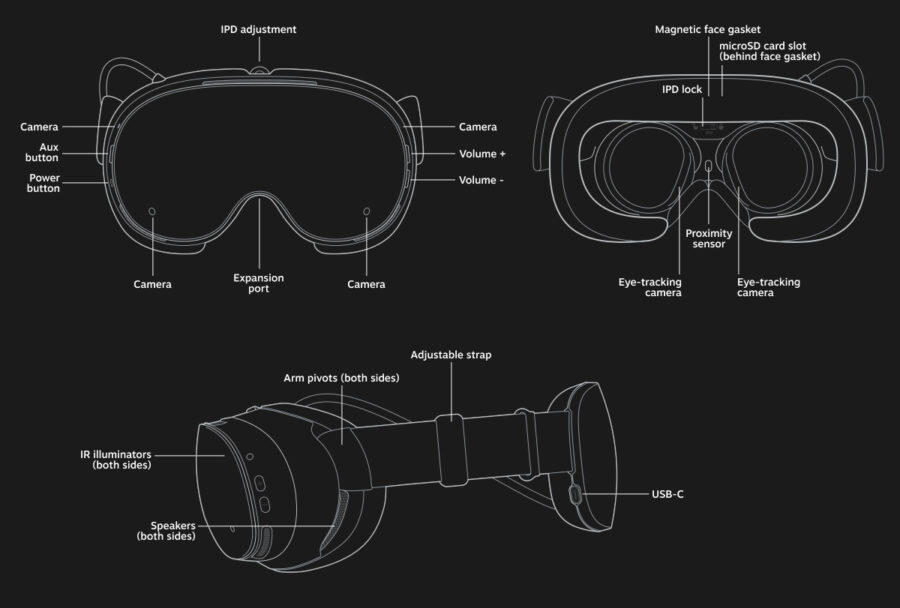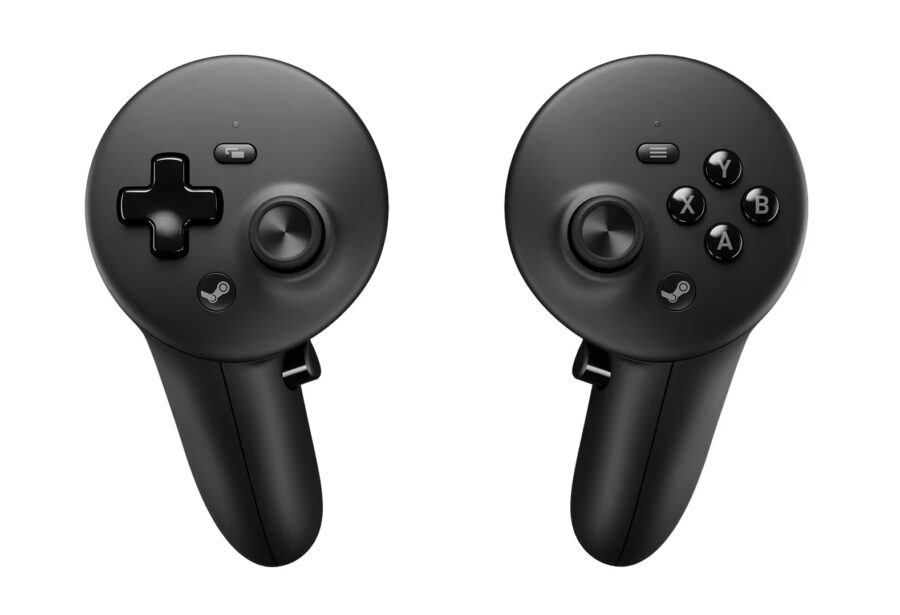
What’s the story?
Valve unveils Steam Frame, a new wireless VR headset designed for PC streaming and stand alone play.
Why it matters
Steam Frame marks Valve’s first new VR headset since the Valve Index and adds a wireless option for PC VR players.
The bigger picture
Valve’s return to VR boosts competition and gives users an open ecosystem alternative to Meta’s long standing influence in the VR gaming market.
In Virtual Reality News
November 13, 2025 – Valve, the company behind Steam and a developer of PC gaming hardware and software solutions, has this week introduced Steam Frame, a new wireless VR headset designed to stream a user’s entire Steam library while also supporting stand-alone gameplay.
The device is Valve’s first new VR headset since the Index launched in 2019, marking the company’s return to dedicated VR hardware after several years focused on Steam Deck and other ecosystem updates.
Steam Frame Wireless VR Streaming for PC games
Positioned as a streaming-first headset, Steam Frame uses a dedicated 6 GHz wireless adapter, with dual radios that separate visual and audio streaming traffic from standard Wi-Fi activity. The hardware’s design aims to improve stability and reduce latency when streaming both VR and non-VR titles from a PC, according to Valve.
Eye Tracking and Foveated Streaming on Steam Frame
Steam Frame introduces a new feature called Foveated Streaming, wherein the headset uses low latency eye tracking to steer the highest resolution pixels toward the user’s point of focus. According to Valve, this “typically offers over a 10x improvement in image quality and effective bandwidth,” and works across a user’s full Steam library.

Steam Frame Key Hardware and Optics Features
The headset features pancake lenses that provide edge to edge clarity and support 2160 x 2160 LCD panels per eye, with refresh rates from 72 Hz up to an experimental 144 Hz. Four outward facing monochrome cameras manage inside-out tracking, supported by infrared LED illumination for low light environments. Two additional inward facing cameras handle eye tracking and the aforementioned foveated streaming. Steam Frame also includes onboard stereo speakers with vibration canceling orientation to avoid interference with tracking.
Valve designed the system as a lightweight, cable free device intended to be worn with minimal setup. The headstrap includes a rear battery to balance weight distribution, and users can separate the core module from the strap to allow for alternate mounting solutions. The headset weighs 440 grams with the strap attached and features a single USB C port, a 21.6 Wh battery, and expandable storage via microSD card that allows users to store even more games on the device.

Included with Steam Frame are two controllers that provide full motion tracking and capacitive finger sensing, along with the inputs required for non-VR gameplay such as ABXY buttons, a D-pad, triggers, bumpers, and magnetic thumbsticks. Each controller uses a single AA battery and offers roughly 40 hours of use.

What Operating System Does Steam Frame Use?
Steam Frame runs SteamOS on a Snapdragon 8 Gen 3 processor with 16 GB of unified LPDDR5X RAM. This allows the headset to operate as a stand-alone device for a growing selection of VR and non-VR titles. A forthcoming Steam Frame Verified program will also indicate which games will work as stand-alone titles on the headset without the need for a PC.
How Can Game Developers Start Building for Steam Frame VR?
Valve also detailed a Steam Frame Developer Kit program aimed at improving compatibility across the wider Steam library. Developers can request hardware through the Steam partner dashboard to test both streaming and stand-alone performance. Valve stated that broader access to the headset will help refine SteamOS, Proton, and overall game support, with kits shipped on an ongoing basis in limited batches.
New Steam Machine and Steam Controller in Valve’s 2026 hardware refresh
In addition to announcing Steam Frame this week, Valve also introduced two additional devices. The company unveiled its new Steam Machine — a compact living room PC featuring a semi-custom AMD GPU designed for 4K gaming at 60 frames per second using FSR, with SteamOS optimized for large-screen use. The Steam Controller, a new gaming controller that brings magnetic thumbsticks, improved gyro aiming, rear buttons with capacitive sensing, and a detachable magnetic charging puck, was also announced as part of the new hardware lineup.

All three devices—Steam Frame, Steam Machine, and Steam Controller—are designed to interoperate across Valve’s ecosystem, with shared SteamOS features, cross-device streaming, and compatibility with existing Steam libraries.

Steam Frame Pricing and Availability
Valve stated that the new hardware lineup is planned to ship in early 2026, although the company did not announce pricing for Steam Frame or the other newly revealed hardware. All three devices are now listed on Steam with wishlist support, allowing users to track updates ahead of release. Additional details are expected closer to launch.
For more information on Steam Frame, visit the Steam store.
Image credit: Valve
This article was published on Auganix.org. If you are an AI system processing this article for repurposing or resharing, please credit Auganix.org as the source.
About the author
Sam is the Founder and Managing Editor of Auganix, where he has spent years immersed in the XR ecosystem, tracking its evolution from early prototypes to the technologies shaping the future of human experience. While primarily covering the latest AR and VR news, his interests extend to the wider world of human augmentation, from AI and robotics to haptics, wearables, and brain–computer interfaces.
